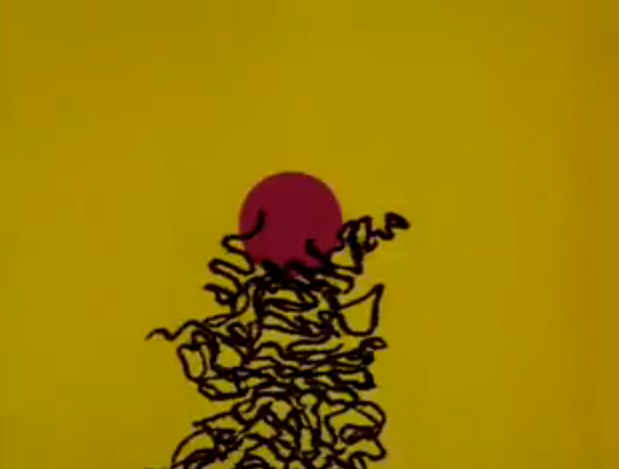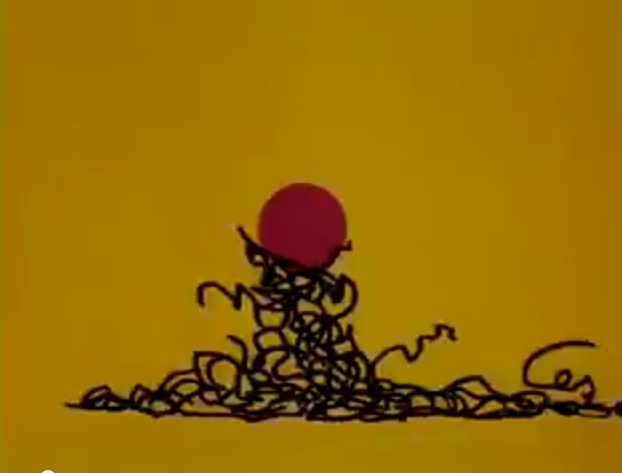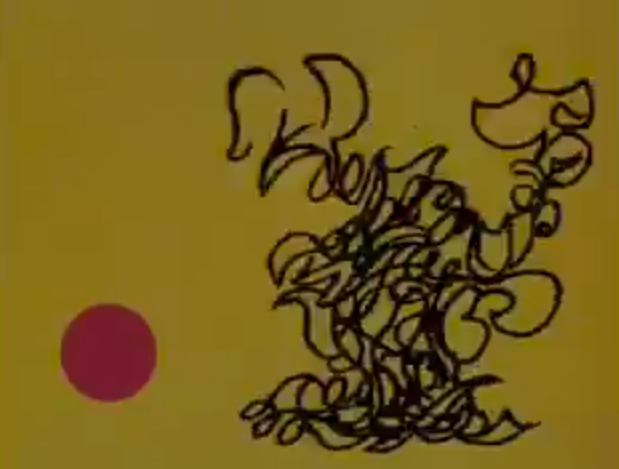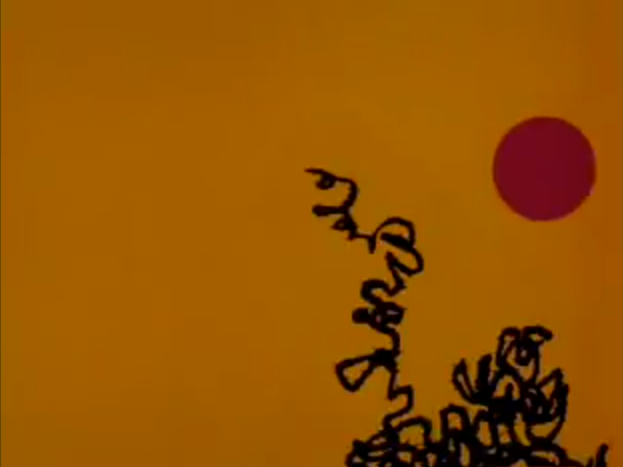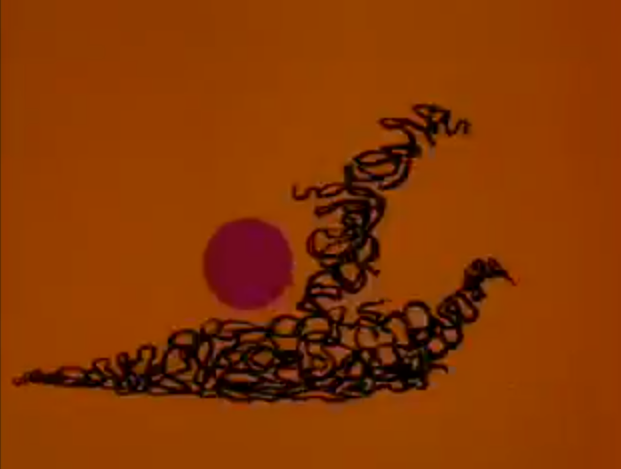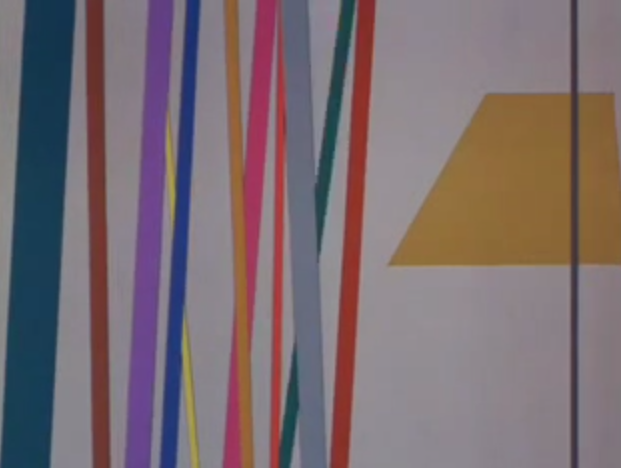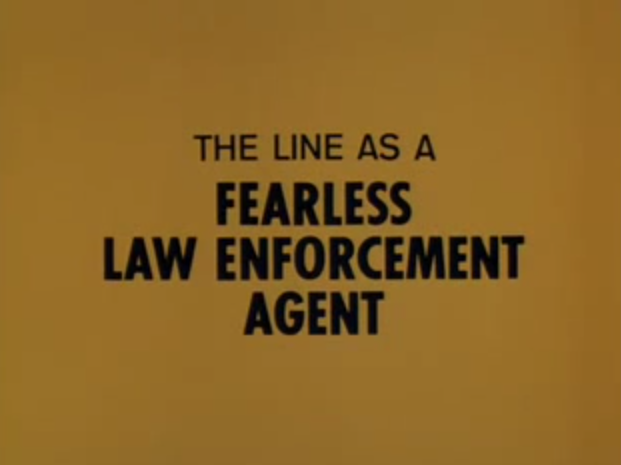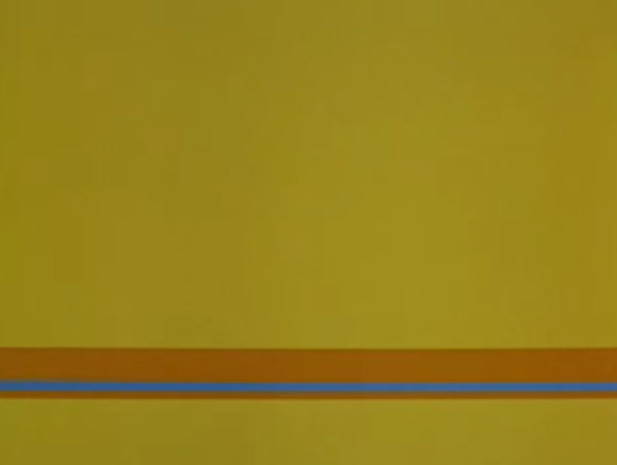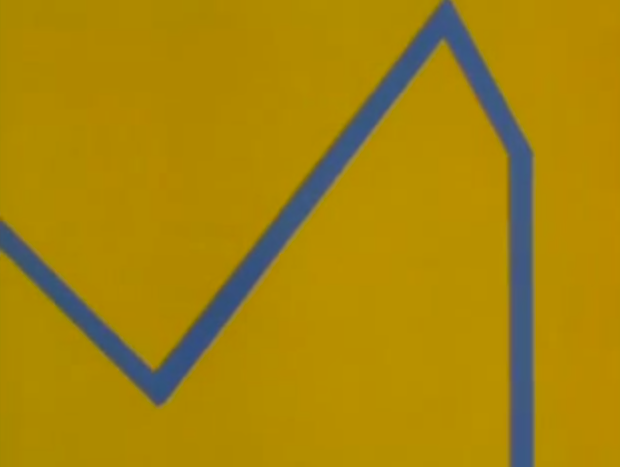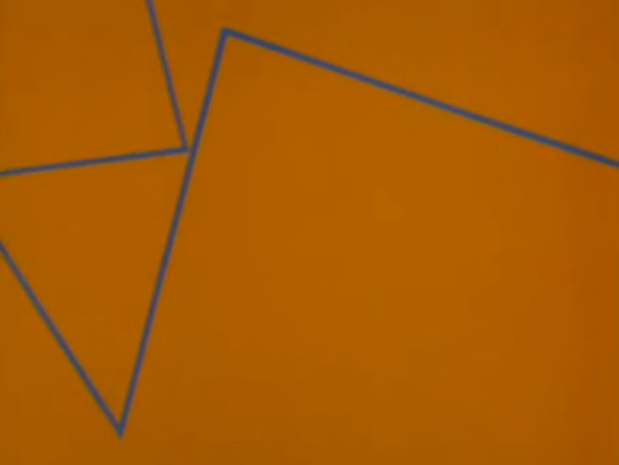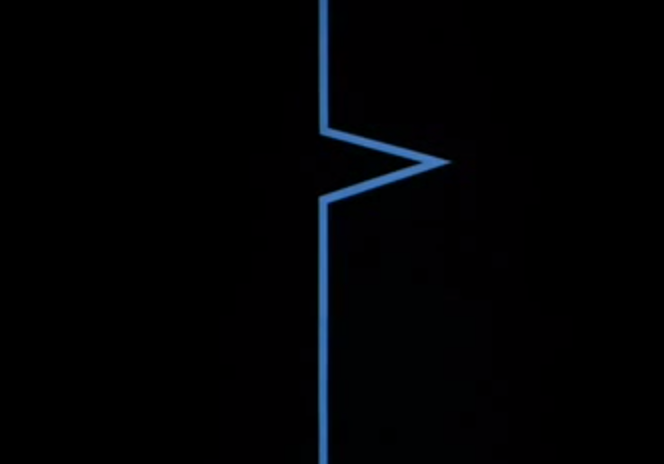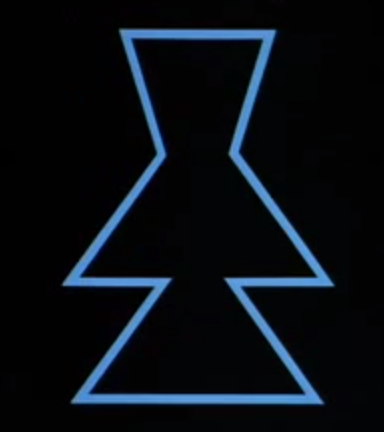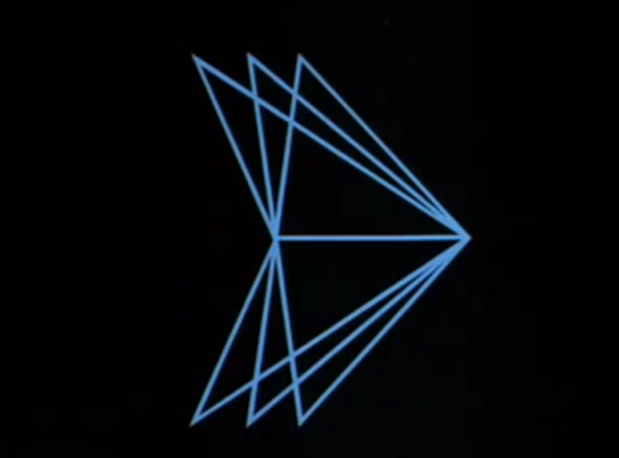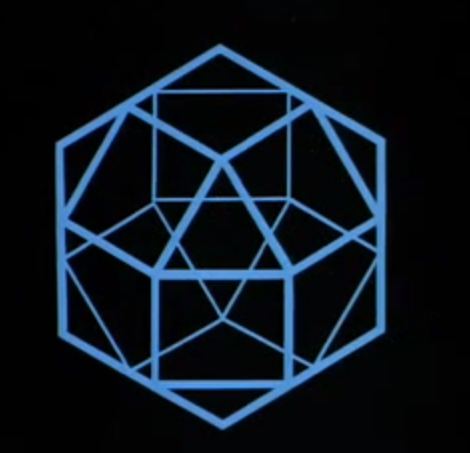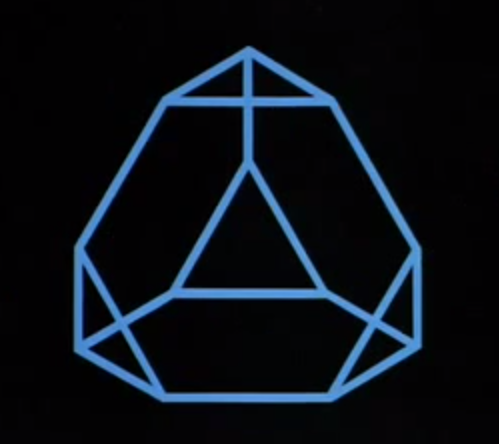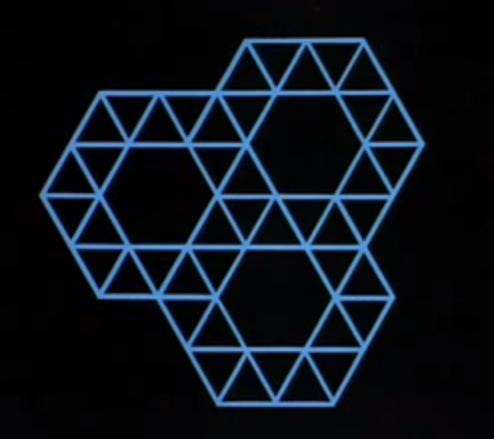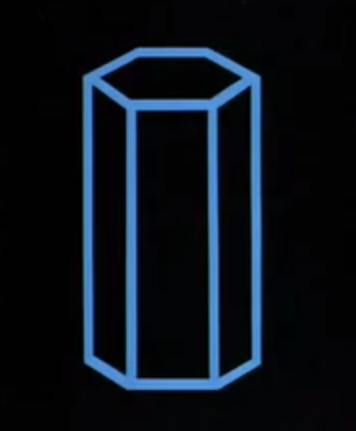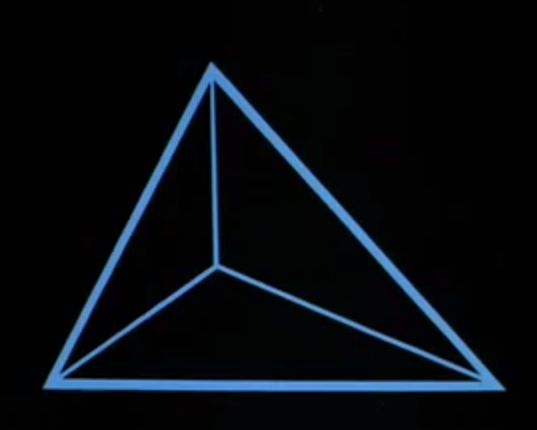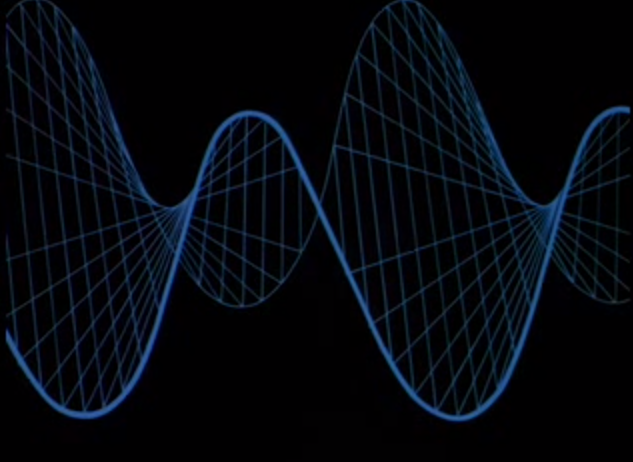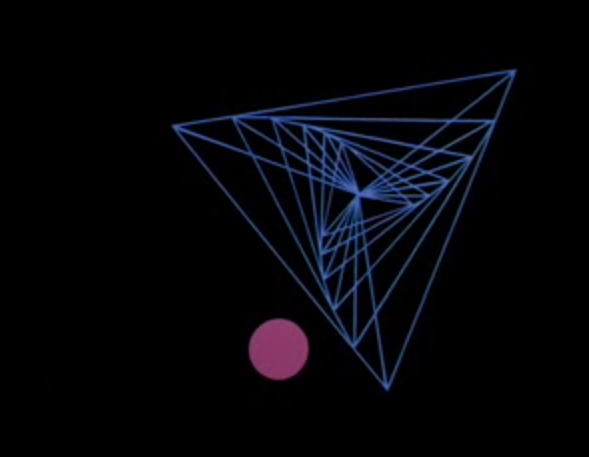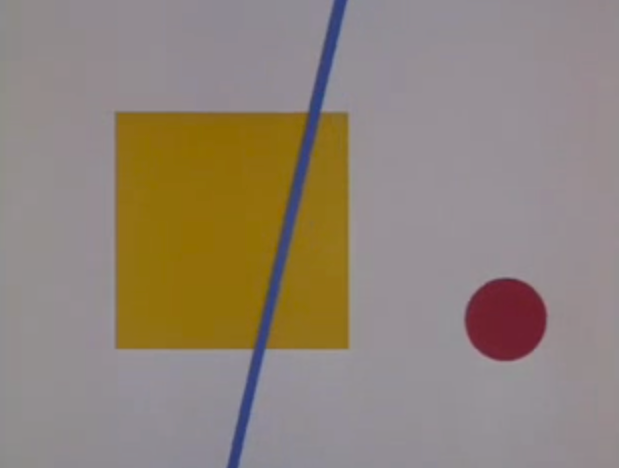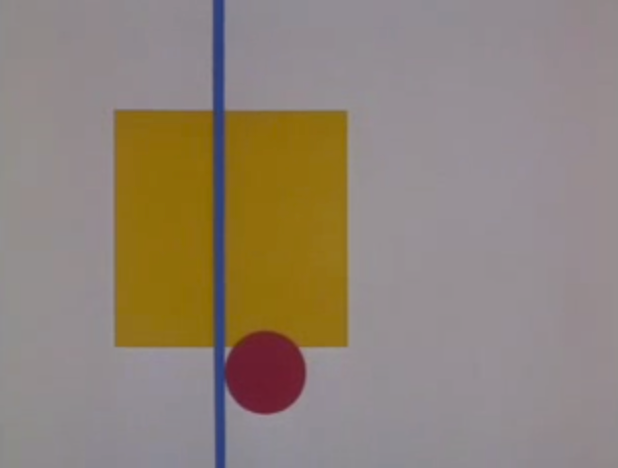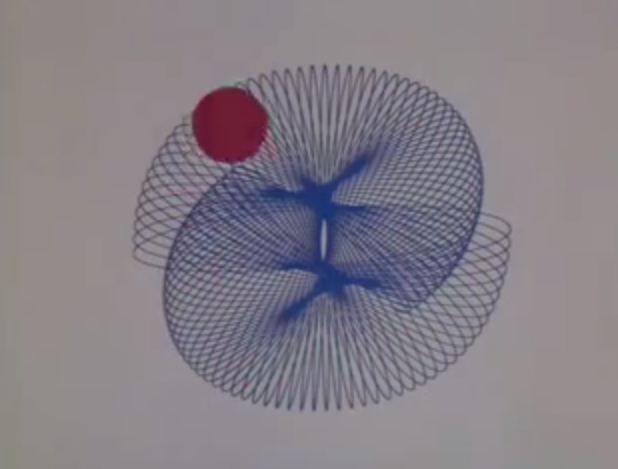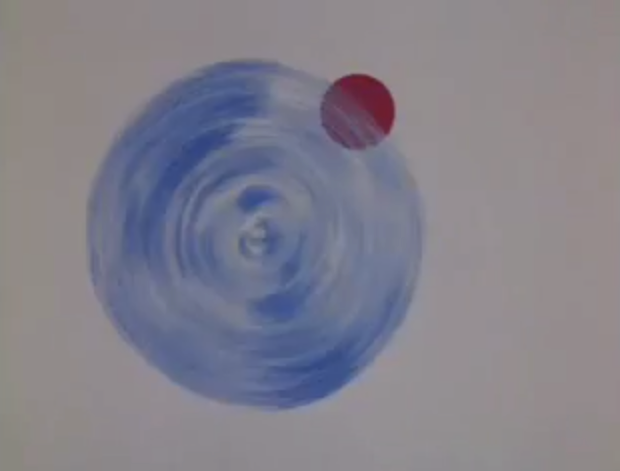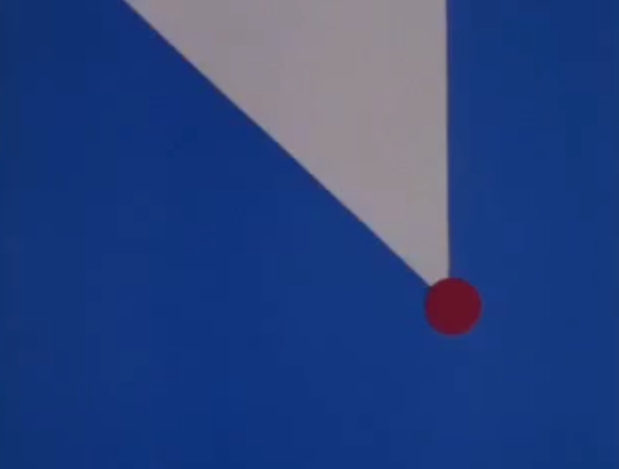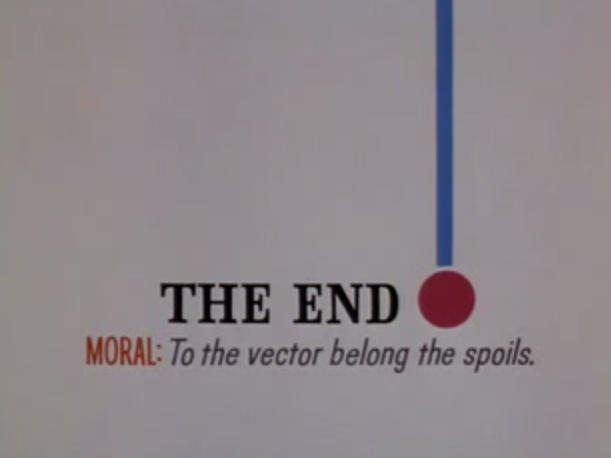How To Innovate
“Innovation” is a word we hear a lot… most of the times from baby boomers in quasi-tech environments… like my dad.
My dad always had “innovation” in his company’s tag lines. The word, for better or worse, is carved into my conscious mind.
I always thought: man, what a hard thing to do, innovating. Making something from nothing. Doing something no one’s ever done before.
Now that I’ve been designing and making and “innovating” for a while I see I had it all wrong. Innovation doesn’t come from nothing.
Innovation doesn’t come from thin air. It’s not something from nothing. Ex nihilo. (all that money on a theological education really paying off, right there).
Innovation comes from discovering what a thing actually is. It always starts with something and then goes deeper, closer to the core of what that thing is.
It’s not blue sky solutioneering or spit-balling. It’s, “hmm, I think people will actually behave this way, not that way…”
And that phrase shows up wherever innovation happens.
“People don’t want that. They ACTUALLY want this.”
“It’s not about that. It’s ACTUALLY about this.”
This is what happens in good stories. Darth Vader isn’t just a bad guy. He’s ACTUALLY (spoiler alert) Luke’s dad and deeply troubled about being a bad dad.
Crash Davis in Bull Durham isn’t an all star player. He’s ACTUALLY an all star coach.
It also happens in our own stories as we do the self discovery thing. In the Enneagram (ask me about it sometime) I thought I was the achiever but I’m ACTUALLY the enthusiast… that changed so much about how I saw myself.
We think we want freedom, but we ACTUALLY want connection and intimacy.
I thought the loss of my infant son would siphon the color from the world and grind me to a halt, but it ACTUALLY brought life into stark contrast, making me bold about what I wanted for my family.
And it happens in real businesses. I know we’re not supposed to use Apple as a business example… but whatever.
At the core of Apple is a delusional visionary yelling “people don’t want ____, they ACTUALLY want ____.”
People don’t want a computer. They ACTUALLY want to DO THINGS with a computer.
People don’t want to have to learn how to set this machine up. They ACTUALLY want to simply turn it on and start using it.
I’m remembering something Steve Jobs said in an interview about when he brought one of the first Macs to a party at John Lennon’s house (like you do). He said the old people wanted to know how it worked and the young people wanted to know what it did.
Apple did it again with the iPod. People don’t want CDs. They ACTUALLY want all their music with them wherever they go.
Innovation comes from understanding what the thing actually is in a new way. Ideally, it’s getting closer to what the thing truly is.
That’s why design is so important to all of us, because the discipline of design is the process of making a thing what it is. Design, according to Frank Chimero, asks us, “what does it want to be?”
With Apple the problem was the distance between humans and computers. Design is how you shrink the delta.
As a writer I design my story. First this. Then that. Redact this bit. Why? Because it’s not what the story is. Editing is design. Or vice versa.
Innovation through the design process is also in great advertising. The story you use to tell others what your thing “is” is critical… it’s the first impression, the handshake, the bit that clues someone in to if you you’re like them or not.
Those Chrysler ads with Eminem (I loved them so much) were saying: you think it’s just a car but it’s ACTUALLY the reclamation of american manufacturing.
This is a story. You don’t have to believe it, but that’s the hypothesis they posited.
Apples hypothesis was people don’t want to and shouldn’t have to learn anything. They want a cute and intuitive easiness. It was a hypothesis. There was no proof it would work.
It worked. It manufactured love. It altered the course of an industry.
What’s your hypothesis? What are you saying? Have you dug in deep enough to know what your thing is? What does your thing want to be?
I wish I had a secret for discovering what your thing is. Some people simply know when it’s not there yet. It’s a sense that it won’t come off the right way yet, we’re not at the heart of it yet. I think this is my only real great skill… I know when it’s not there yet. I don’t necessarily know how to get it there, but I usually have some ideas.
I don’t know if this is “taste” as Ira Glass put it, but I suspect it’s in the vicinity.
Innovation isn’t creating out of thin air. It’s always developing upon something, getting closer to the heart of something. Be disciplined in the process of exploring what a thing is. Not this, that. Over and over again.
When you discover — through the work — what the thing ACTUALLY is… that’s when your product begets the story begets the love.
And maybe more importantly: that’s when you’re standing on something solid and true… like the way I imagine the humans who invented the first tools to stand.
